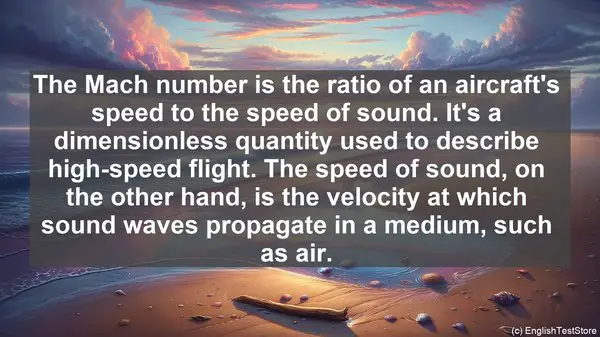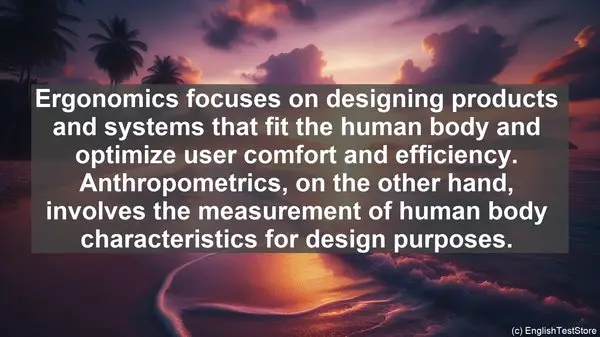Introduction
Welcome to another informative session on aerospace engineering. Today, we’ll be diving into the world of words. You might be surprised to know that even in a technical field like aerospace engineering, certain words can be confusing. So, let’s get started!
1. Thrust vs. Drag
Thrust and drag are two forces that play a significant role in the movement of aircraft. While thrust is the force that propels an aircraft forward, drag is the resistance it encounters. Understanding the difference between these two is crucial for designing efficient aircraft.
2. Velocity vs. Speed
Velocity and speed are often used interchangeably, but in aerospace engineering, they have distinct meanings. Speed refers to the magnitude of motion, while velocity includes both magnitude and direction. So, when discussing aircraft motion, it’s important to use the term ‘velocity’ accurately.

3. Lift vs. Weight
Lift and weight are forces that act in opposite directions during flight. Lift is the force that allows an aircraft to stay airborne, while weight is the gravitational force acting on it. Understanding the balance between these two forces is essential for stable flight.
4. Compressible vs. Incompressible
When it comes to fluids, especially air, they can be compressible or incompressible. Compressible fluids can change their density under pressure, while incompressible fluids maintain a constant density. This differentiation is vital for various aspects of aerospace engineering, such as aerodynamics and propulsion.
5. Turbulence vs. Vortex
Turbulence and vortex are phenomena encountered in fluid dynamics. Turbulence refers to the chaotic, irregular flow of a fluid, while a vortex is a swirling motion. Both have their unique characteristics and effects, and understanding them is crucial for designing efficient aircraft systems.

6. Orbital vs. Suborbital
When it comes to space travel, the terms ‘orbital’ and ‘suborbital’ are often used. Orbital refers to a trajectory where an object revolves around a celestial body, while suborbital refers to a trajectory that only partially reaches space. These terms help differentiate between different types of space missions.
7. Hypersonic vs. Supersonic
Hypersonic and supersonic are terms used to describe speeds greater than the speed of sound. While supersonic refers to speeds between Mach 1 and Mach 5, hypersonic refers to speeds above Mach 5. These terms are crucial when discussing high-speed flight and related technologies.
8. Aileron vs. Elevator
Aileron and elevator are control surfaces on an aircraft’s wings and tail, respectively. Ailerons control the roll or banking motion, while elevators control the pitch or up-down motion. Understanding the specific functions of these surfaces is essential for aircraft control and stability.
9. Autopilot vs. Autonomous
In the realm of aircraft control, autopilot and autonomous are often used. Autopilot refers to a system that can assist or take over certain tasks, while autonomous refers to a system that can operate independently. These terms help differentiate between different levels of automation in aircraft.
10. Payload vs. Ballast
Payload and ballast are terms used in the context of carrying loads on an aircraft. Payload refers to the useful or intended load, such as passengers or cargo, while ballast refers to a non-useful load added for stability or balance. Understanding these terms is crucial for aircraft design and operation.


















